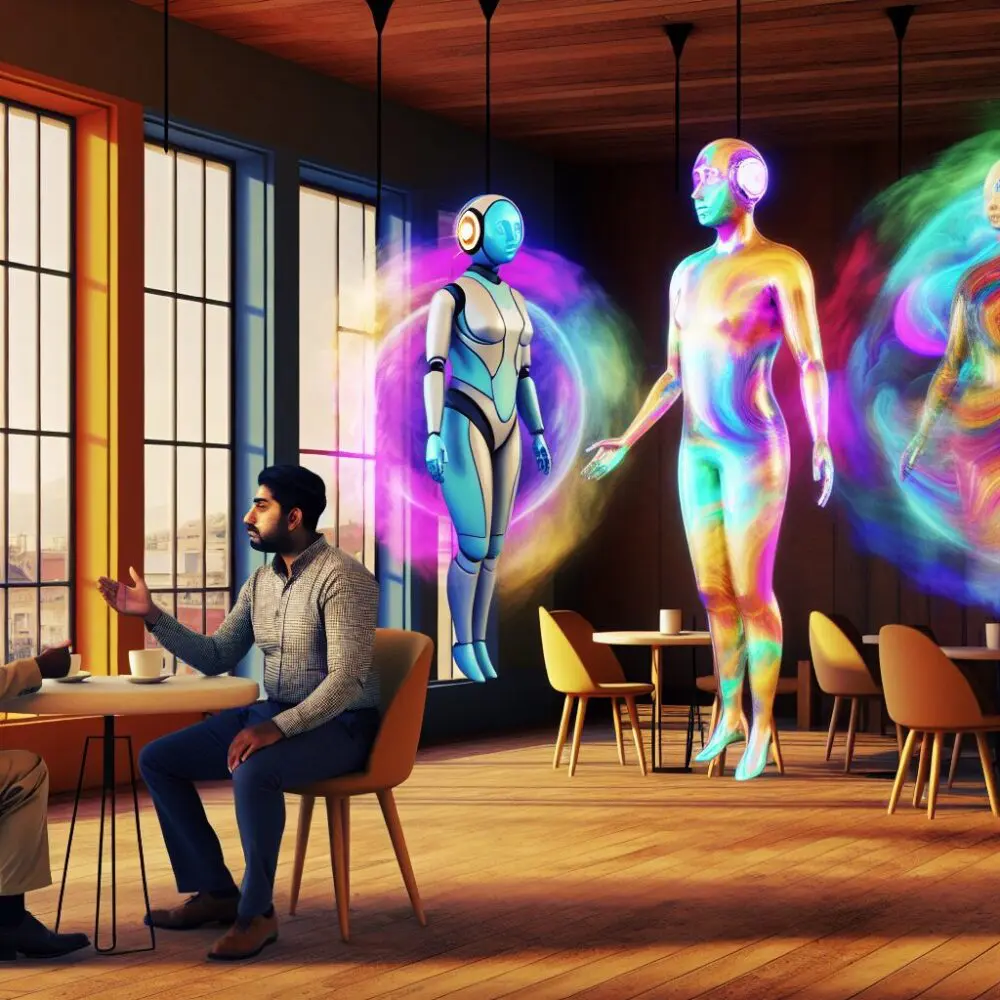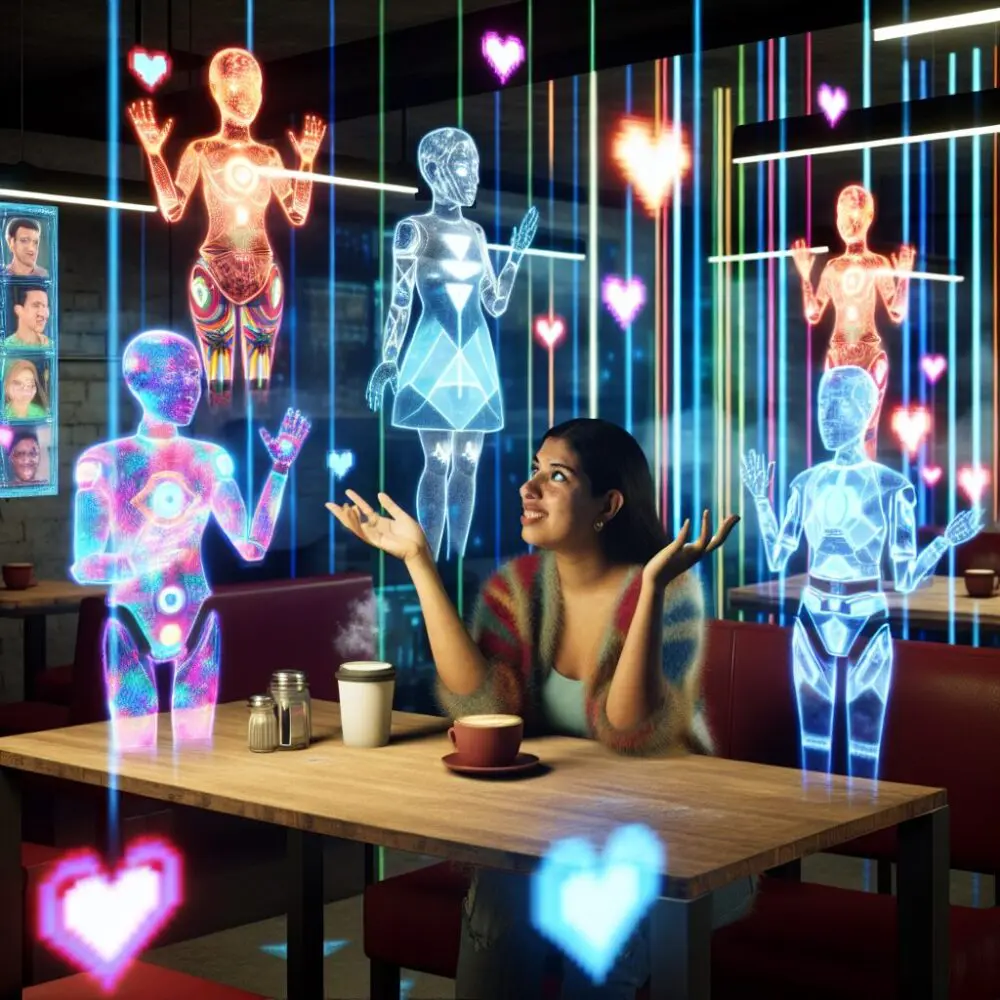
Exploring the Surreal Experience of Dating Multiple AI Partners Simultaneously
“`html Exploring the Surreal Experience of Dating Multiple AI Partners Simultaneously Exploring the Surreal Experience of Dating Multiple AI Partners

“`html
In the ever-evolving realm of technology, robot dogs are taking significant leaps forward—with a little help from cutting-edge generative AI. As these autonomous companions enter diverse environments, the need for them to adapt more quickly and efficiently becomes paramount. This transformative integration of AI empowers robot dogs, enabling them to seamlessly navigate and perform in changing terrains and scenarios.
Generative AI, a subset of artificial intelligence, is designed to create data that resembles real-world scenarios. This technology leverages neural networks to learn patterns and properties from large datasets, producing innovations that mirror human ingenuity. By imparting this capability to robot dogs, developers have opened new doors for versatile applications.
These advantages make generative AI a game-changer in empowering robot dogs to function more independently and intelligently.
The use cases for generative AI in robot dogs cover a wide array of possibilities. As these machines transition from merely performing pre-set tasks to actively understanding and adapting to their surroundings, their applications exponentially increase.
Robot dogs equipped with generative AI excel in search and rescue missions by quickly analyzing disaster-struck regions. They can adjust to shifting debris and changing terrains, making rescue operations more effective and timely.
In environments designed to assist individuals with disabilities, these robot dogs can learn and predict the behaviors of those they assist. This enhances their ability to provide better support through thoughtful responses to their environment and the individual’s needs.
From space exploration to deep-sea ventures, robot dogs using generative AI can explore hazardous environments without risking human lives. Their capacity to adapt to extreme conditions allows them to reach new frontiers in scientific research and discovery.
The core of this adaptability lies in the sophisticated algorithms powering these robotic canines. At the core, neural networks analyze data, recognize patterns, and generate thoughtful responses in novel situations.
This methodology combines neural networks with a decision-making process to improve the dog robots’ navigational skills. The AI system sorts through numerous possible actions, determining the most efficient route or choice based on previous experiences.
While the promise of generative AI in robot dogs is immense, there are challenges to address during implementation.
The future holds exciting possibilities for robot dogs enhanced by generative AI. As algorithms continue to evolve and data processing capabilities improve, these machines will achieve even greater capabilities, pushing the boundaries of where and how they are deployed.
Industries ranging from healthcare to law enforcement could see potential partnerships with these intelligent automatons. Furthermore, enhancing their interaction capabilities might just bridge the gap between humans and machines, making them invaluable companions and collaborators.
As generative AI integrates further into robotic systems, the adaptability and versatility of robot dogs will only continue to grow, heralding a new era of autonomous, capable, and learning machines. The real question remains: How quickly will society embrace these innovative, indispensable tools?
Robot dogs with generative AI stand at the forefront of automation’s next big leap, ripe with potential and ready to serve in ways we are only beginning to imagine. As these adaptable, intelligent companions become ubiquitous in our world, the intersection of AI and robotics promises a future that is not only efficient and scalable but also exciting and unprecedented.
“`

“`html Exploring the Surreal Experience of Dating Multiple AI Partners Simultaneously Exploring the Surreal Experience of Dating Multiple AI Partners

“`html Exploring the Strange Dynamics of Dating Multiple AI Partners In an era where artificial intelligence continues to evolve at